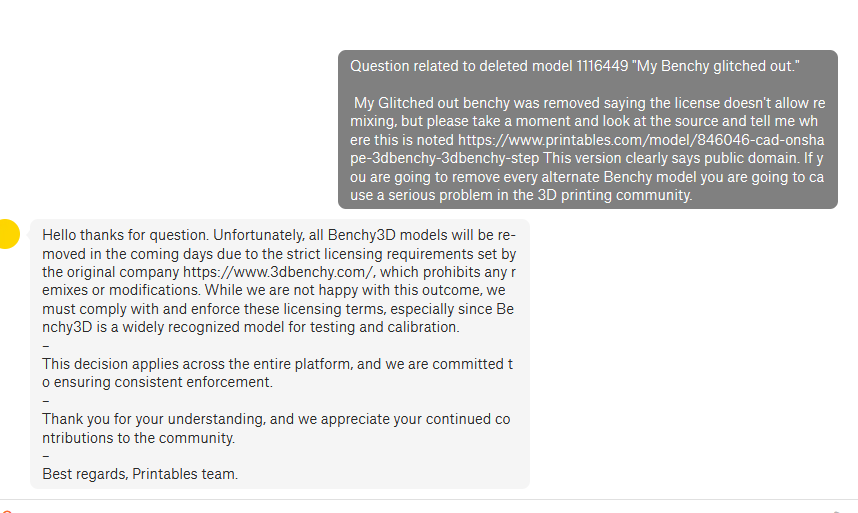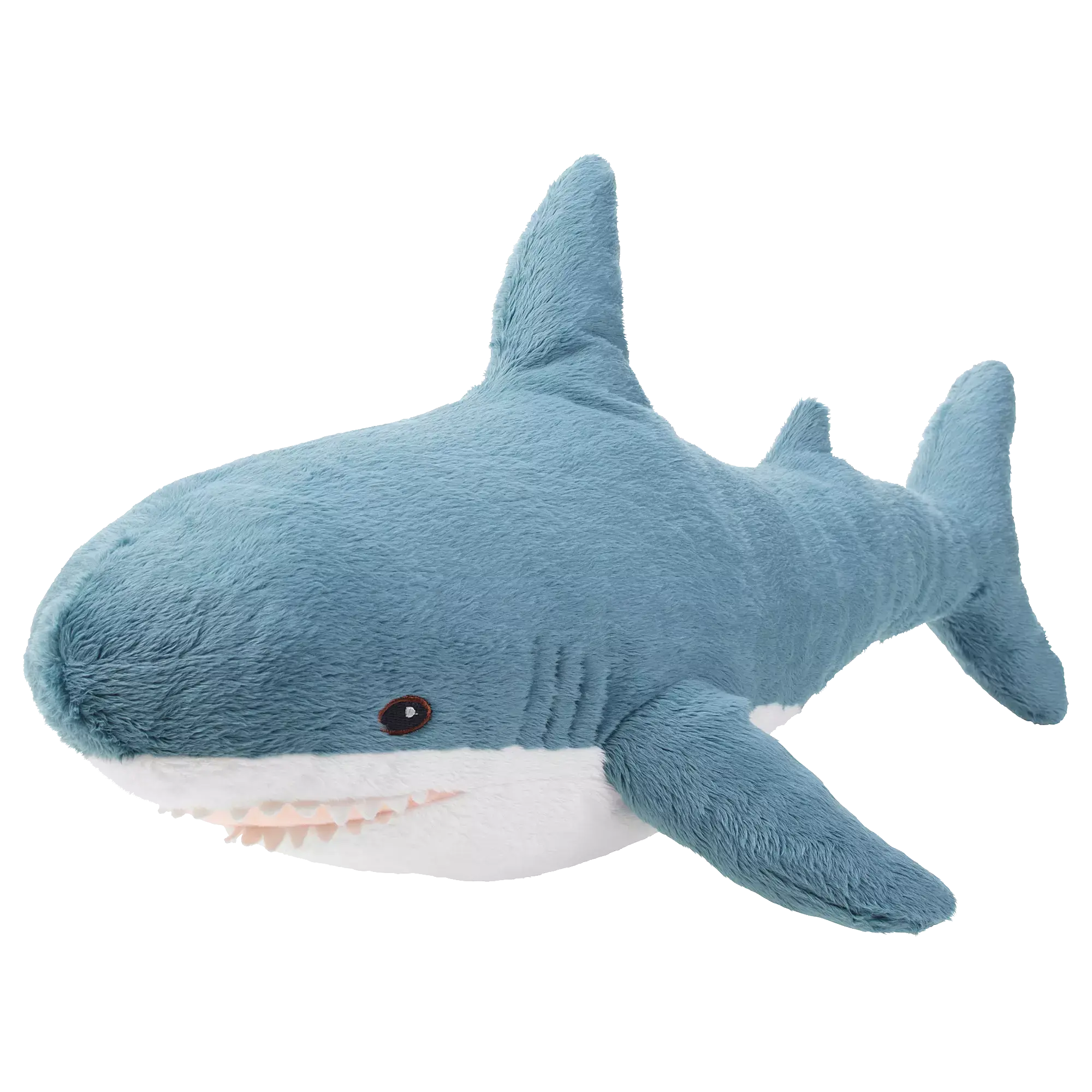- cross-posted to:
- [email protected]
- cross-posted to:
- [email protected]
Sounds like a good time for a whole new benchmark model to rise to the new standard.
It would be nice for the teapot to make a comeback, since it used to be used to benchmark 3d computer graphics
The Utah Teapot.
I always wondered why someone from Utah would model a teapot. After all, it’s not very American. But now that I’ve just done some digging…
Martin Edward Newell is a British-born computer scientist specializing in computer graphics who is perhaps best known as the creator of the Utah teapot computer model.
Everything is clear to me now lol
Yeah, if it was a Utahn, it would probably be a soda cup.
I always wondered why someone from Utah would model a teapot.
Mormons drink lots of herbal (caffeine-free) tea.
It doesn’t have enough sharp edges, overhangs, etc that make the benchy useful to tuning and evaluating a 3D printer
Those could be added.
Put a window in that teapot!
What’s needed is more like a carburetor.
I would actually suggest to make this new benchmark as close as possible to the original design as a middle finger to these idiots.
Any 3D printing lawyer interested in creating a 4D benchy? Also the same benchy but with just enough modifications to be legally safe?
That’s not how copyright works. Copyright is a legal concept, not a technological or physical one. If the intent was to be inspired by a 3DBenchy and it’s not “transformative” (as in, into a different medium from a 3D model entirely), it’s infringing. It doesn’t matter how many vertices in the mesh are different if the person making it started with a 3DBenchy in mind.
At best, if your intent is to mock the original, you try to argue that it’s parody and thus fair use, but it would still very definitely be a derivative work regardless. Any further downstream modifications would thus also be assumed to be infringing the copyright of the original unless they were (successfully) claimed to be parody too.
I thought it was obvious you wouldn’t say “hey I just took your benchy model and changed N vertices”. But just “happened” to inadvertently create a benchy lookalike.
Also there is definitely a point where it would be safe to reproduce the benchy design otherwise we could point at anything on earth and say “that’s a heavily modified benchy.”
Or are we all benchy? Am I a benchy with a thousand modified vertices?
So let’s be pragmatic there is nothing preventing me even to start a new design that vaguely ressemble the Benchy design. All it takes is for that “vaguely” to be enough so that you could argue you were not making a benchy redesign but just stumbled on something that could look Like a benchy.
I’m more surprised anyone cares at all.
This is the internet.
Yarr.
Or are we all benchy? Am I a benchy with a thousand modified vertices?
I am
SpartacBenchy!No, I am Benchy!
I am Benchacus!
Again, it all depends on intent. You can try to just “happen” to “inadvertently” create a benchy lookalike, but your success depends on whether you can bullshit the judge into believing that, not the actual degree of similarity.
No judge, they just send a c&d to the hosting company who decides they have no interest in legal action.
The real action should be to take down the copy and benchy itself. No need to deal with that trash.
Fuck NTI group, they killed Creative Tools and now they’re copyright trolling makers
Stupid fuckers. I hope nobody uses the benchy any more.
deleted by creator
Just build a new tugboat but make it .5mm smaller or bigger…heck make it both, .5mm less tall and .5mm longer, call it 3DBonchy and make it public.
A lot of people are now sharing the boaty model as a replacement https://makerworld.com/models/972949
Printables, thingiverse et al should just remove benchy. Then they won’t have to worry about copies.






